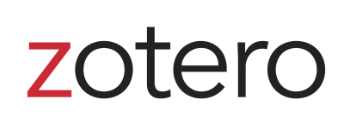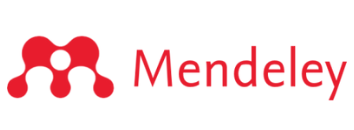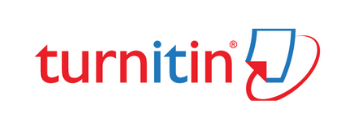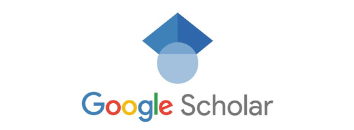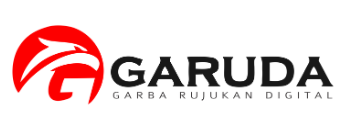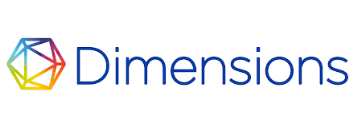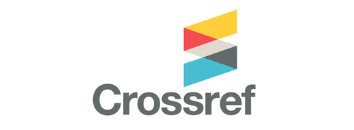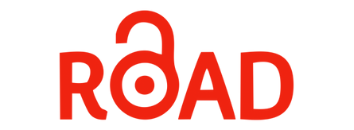DEBIT CREDIT FRAMING EFFECT IN THE INVESTMENT ALOCATION DECISION
DOI:
https://doi.org/10.24002/kinerja.v21i2.948Abstract
This study aims to test the effect of accounting information in the investment decision if information is framed in debit or credit. Also, this study attempts to develop or formulate the framing instruments that essenced in accounting debit credit concept. The quasi experiment is applied for undergraduate accounting students. Wilcoxon ranks test is applied to test the data. The results show that there are framing effects which asset information is more favorable than liabilities, revenue information is more favorable than asset, and equity information is more favorable than asset. There is a tendency that revenue information is more favorable than expenses. This research means that there is framing effect in the accounting information when information is given separately only debit or credit, it should be reduced by giving complete information of debit credit transactions.
References
Ambarwati, D., Anandya, D. and Indarini, 2013. Pengaruh Produk Low-Price (AMDK) dan Produk High-Price (Smartphone) serta Kedalaman Promosi (Smartphone) terhadap Pilihan Message Framing Diskon Persentase dan Nominal: melalui Metode Eksperimen. Jurnal Ilmiah Mahasiswa Universitas Surabaya, Vol. 2 No. 2, pp. 1-15.
Arifin, A., 2003. Pengaruh Framing pada Keputusan Investasi dalam Perspektif Individu-Kelompok: Pengujian Empiris atas Fuzzy Trace Theory. Jurnal Akuntansi & Manajemen (JAM), Vol. 14 No. 2, pp. 67-75.
Brainerd, C.F. and Reyna, V.F., 1990. Gist is the Grist: Fuzzy-Trace Theory and the New Intuitionism. Developmenntal Review, 10, pp. 3-47.
Chang, C.J., Yen, S.H.Y. and Duh, R., 2002. An Empirical Examination of Competing Theories to Explain the Framing Effect in Accounting-Related Decisions. Behavioral Research in Accounting. Volume 14, 2002.
Druckman, J.N. 2001. Using Credible Advice to Overcome Framing Effects. The Journal of Law, Economics, & Organization Vol.17 No.1, pp.62-82.
Ghosh, D. and Bold, M.N., 2006. The Effect of Framing and Compensation Structure on Seller’s Negotiated Transfer Price. Journal of Managerial Issues. Vol. XVIII No. 4 Winter 2006. P 453-467.
Hair, J.F.JR., Black, W.C., Babin, B.J. and Anderson, R.E. 2010, Multivariate Data Anaysis, 7th edn, Pearson Prentice Hall.
Kahneman, D. and Tversky, A., 1979. Prospect Theory: An Analysis of Decision under Risk. Econometrica, March, 47(2), pp. 263-291.
Kumar, A. and Lim, S.S., 2008. How Do Decision Frames Influence the Stock Investment Choices of Individual Investor? Management Science. Vol 54, No 6, June, pp 1052-1064.
Lee, P.A., 2013. Independent-Samples t Test and Dependent-Samples t Test. San Jose State University. Available at: http://www.sjsu.edu/people/peter.a.lee/courses/ScWk242/s1/t%20Test%20Notes.pdf [accessed 14 Dec 2014].
Liu, Y.J., Wang, M.C., and Zhao, L., 2010. Professions, Sophistication, and Experience. The Journal of Future Market. Vol 30, No 3, pp 203-229.
McDonald, J.H., 2014. Wilcoxon Signed-Rank Test. Handbook of Biological Statistics (3rd ed.). Sparky House Publishing, Baltimore, Maryland. Available at: http://www.biostathandbook.com/wilcoxonsignedrank.html [accessed 14 Dec 2014].
Park, H.M., 2008. Univariate Analysis and Normality Test Using SAS, Stata, and SPSS. Working Paper. The University Information Technology Services (UITS) Center for Statistical and Mathematical Computing, Indiana University.” Available at: http://www.indiana.edu/~statmath/stat/all/normality/index.html
Ring, P. 2015. The framing effect and skin conductance responses. Front. Behav. Neurosci. Vol.9 No.-, pp. 1-7, doi: 10.3389/fnbeh.2015.00188
Seo, M.G., Goldfarb, B. and Barret, L.F., 2010. Affect and the Framing Effect within Individuals Over Time: Risk Taking in a Dynamic Investment Simulation. Academy of Management Journal. Vol 53, No 2, pp 411-431.
Simon, H., 1956. Rational choice and the structure of the environment. Psychological Review 63: 129–138.
Sun, Y., Li, S., Bonini, N. and Su, Y., 2012. Graph-Framing Effects in Decision Making. Journal of Behavioral Decision Making, 25: pp 491-501.
Suwardjono, 2005, Teori Akuntansi: Perekayasaan Pelaporan Keuangan. Yogyakarta: BPFE Yogyakarta.
Tonetto, L.M. and Stein, L.M., 2009. Moderating Effects of Consumer Involvement the Need for Cognition on Goal Framing. Interamerican Journal of Psychology, Vol. 44., Num. 2, pp. 256-262.
Tversky, A. and Kahneman, D., 1981. The Framing of Decisions and the Psychology of Choice. Science. Vol. 211. No. 4481. (Jan. 30, 1981), pp. 453-458.
Ulkumen, G. and Thomas, M., 2013. Personal Relevance and Mental Simulation Amplify the Duration Framing Effect. Journal of Marketing Research. Vol. L, No.- , pp. 194-206.
Wang, X.T., 1996. Framing Effects: Dynamics and Task Domains. Organizational Behaviour and Human Decision Processes. Vol. 68. No. 2. November. Pp. 145-157.
Warsono, S., 2011. Using Mathematics to Answer Correctly the Mechanism of Debit and Credit, to Identify the Basic Limitations of Existing Accounting Standards, and to Suggest the Accounting Development. Available at: https://ssrn.com/abstract=1793682 or http://dx.doi.org/10.2139/ssrn.1793682
Yahya, M.N. and Surya, J., 2012. Pengaruh Framing Effect sebagai Determinan Escalation of Commitment dalam Keputusan Investasi: Dampak dari Working Experiences. Jurnal Akuntansi, Vol. 4 No. 2: pp. 153-164.



